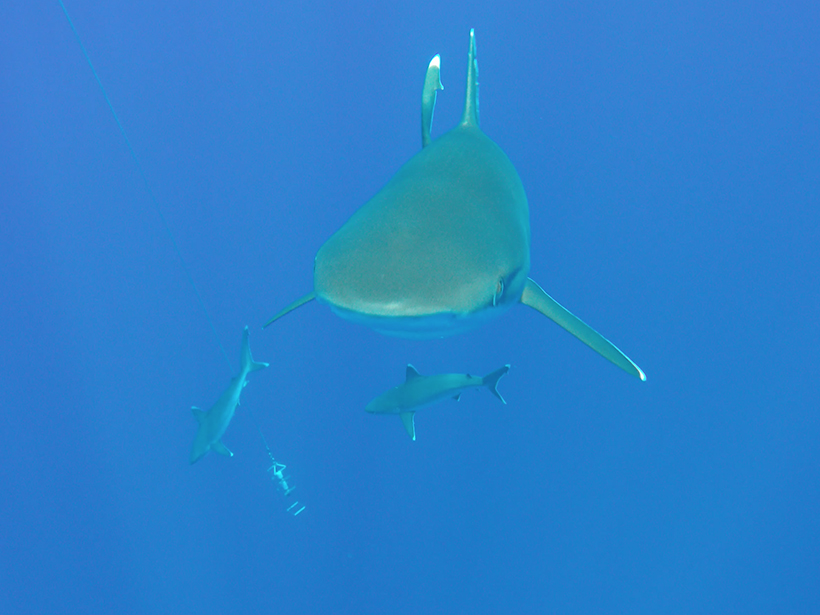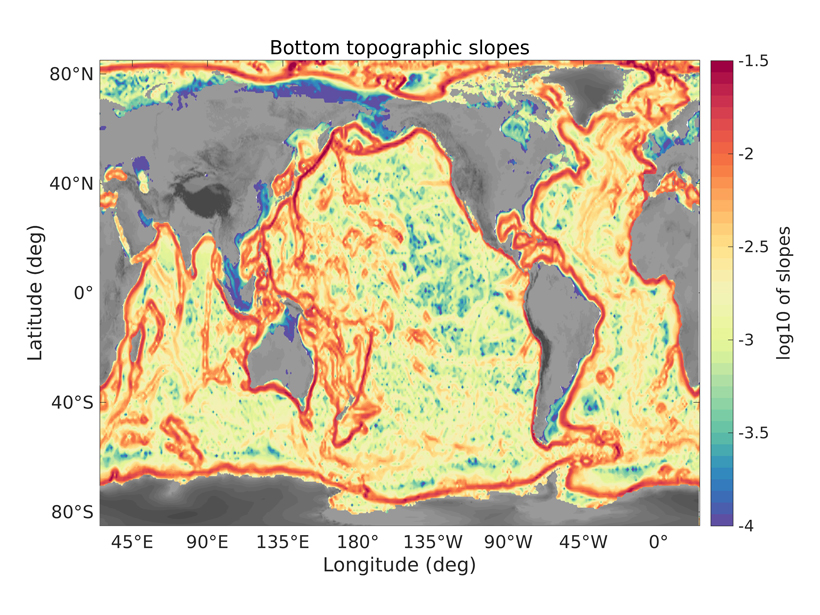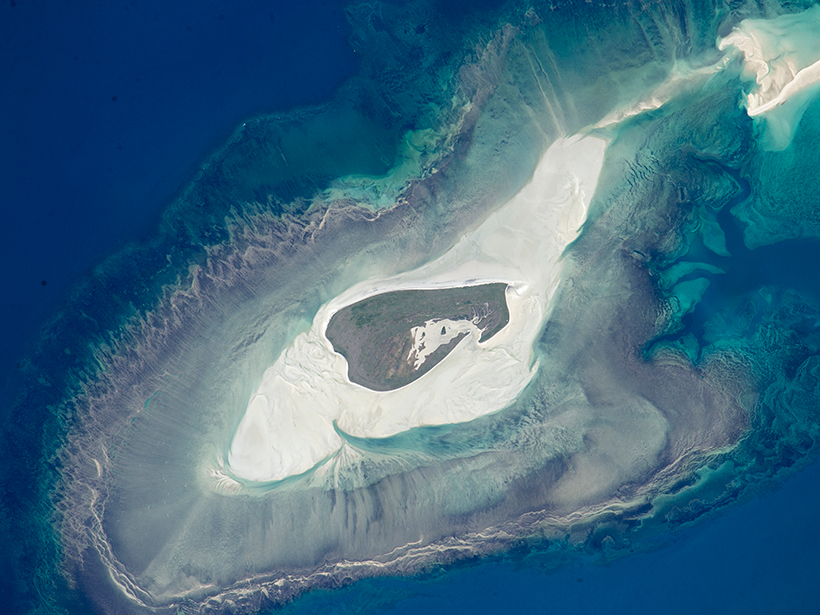At an Indian Ocean marine refuge, tides drive cold water laden with nutrients onto the tops of underwater mountains, where it sustains a long food chain that culminates in sharks, tuna, and seabirds.
surface waves & tides
Ocean Tides Affect Ice Loss from Large Polar Ice Sheets
A recent paper in Reviews of Geophysics discusses how ocean tides affect the motion of, and loss of ice from, the Antarctic and Greenland ice sheets.
Sloping Topography and Oceanic Surface Modes
An accurate understanding of the influence of ocean bottom topography helps to diagnose the velocities of subsurface currents.
Run-Ups of Unusual Size
Not all waves are created equal when it comes to eroding sandy shorelines. Here’s a look at the physics that drives the big ones.
Modeling Ocean Waves over Rocky Reefs
A field survey in Australia links rugged seafloor terrain to erosion-causing waves.
Accounting for Accelerated East Coast Sea Level Rise
An analysis of tide gauge records and physical models shows acceleration of sea level rise on the East Coast due to melting of the Greenland Ice Sheet is especially pronounced south of 40°N latitude.
Can Ocean Tides Be Powerful Indicators of Climate Change?
A new study simulates how ocean warming due to climate change will affect the electromagnetic signal emitted by ocean tides over the next century.
Sun Glitter Provides a Detailed Map of Ocean Waves
European scientists use satellite sensors to detect light reflected off waves at the ocean's surface, which could help improve wave forecasts.
Why We Must Tie Satellite Positioning to Tide Gauge Data
Accurate measurements of changes in sea and land levels with location and time require making precise, repeated geodetic ties between tide gauges and satellite positioning system equipment.
Tide Gauge Records May Underestimate 20th Century Sea Level Rise
Tide gauges can help measure sea level change, but their limited locations and short records make it hard to pinpoint trends. Now researchers are evaluating the instruments' limitations.










